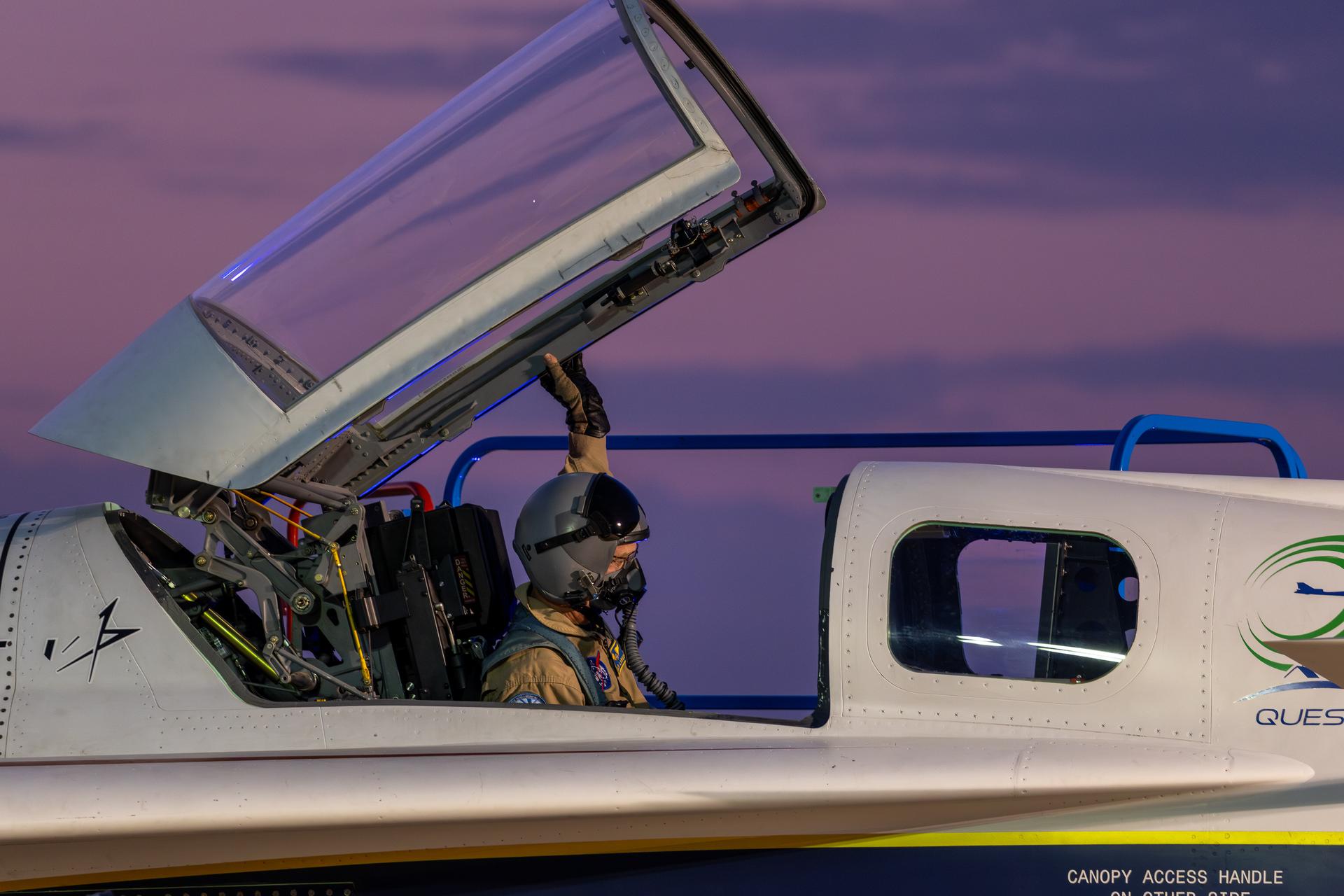Now Reading: NASA’s X-59 Supersonic Jet Prepares for Maiden Flight
-
01
NASA’s X-59 Supersonic Jet Prepares for Maiden Flight
NASA’s X-59 Supersonic Jet Prepares for Maiden Flight

Quick Summary:
- NASA’s X-59 Quiet Supersonic Aircraft: On the brink of its first flight, aiming to revolutionize air travel by quieting supersonic sonic booms.
- Testing Milestones: Low-speed taxi tests completed in July 2025; medium- and high-speed taxi tests are underway to assess handling at higher ground speeds, braking, steering, stability, and sensor performance.
- Unique Design Challenge: The cockpit lacks a forward-facing window; visibility systems will be evaluated during testing.
- Upcoming First Flight Details:
– Speed: Approximately 240 mph
– Altitude: Around 12,000 feet
– Location: Palmdale departure wiht landing at NASA’s armstrong Flight Research Center in edwards, California.- Focus Areas during flight: Engine performance, stabilization systems, autopilot function assessment.
- Quesst Mission Goal: To reduce the loud sonic boom to a quieter “thump,” perhaps setting new noise standards for supersonic commercial flights over land.
Indian Opinion Analysis:
India has recently expanded efforts in aerospace research and innovation. NASA’s X-59 project emphasizes technological advancements that could influence global aviation standards. For India-a country growing its civil aviation footprint-adopting innovations like quieter supersonic technology could transform domestic operations and international competitiveness. However, potential collaboration or regulatory adaptation may depend on how quickly global bodies formalize noise standards for faster commercial flights over populated areas.
The mission also highlights advancements in navigation technologies (e.g., addressing cockpit visibility limitations without physical windows). Such breakthroughs could inspire similar adoption among Indian researchers tasked with overcoming unique terrain and population density challenges.
While India continues cultivating indigenous aerospace capabilities through initiatives like ISRO’s exploration programs or HAL’s manufacturing strides-the lessons from missions such as NASA’s blend enduring design with user-centric policy effort globally relatable across thriving geographies including India’s —























